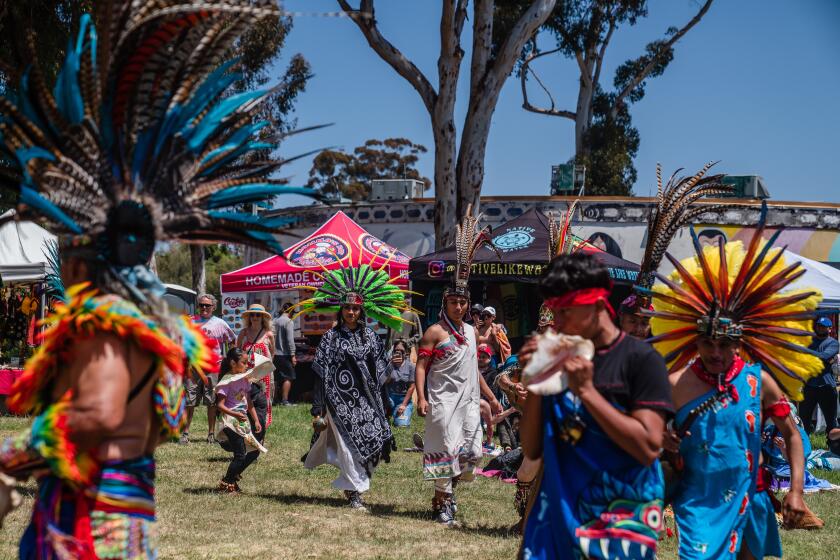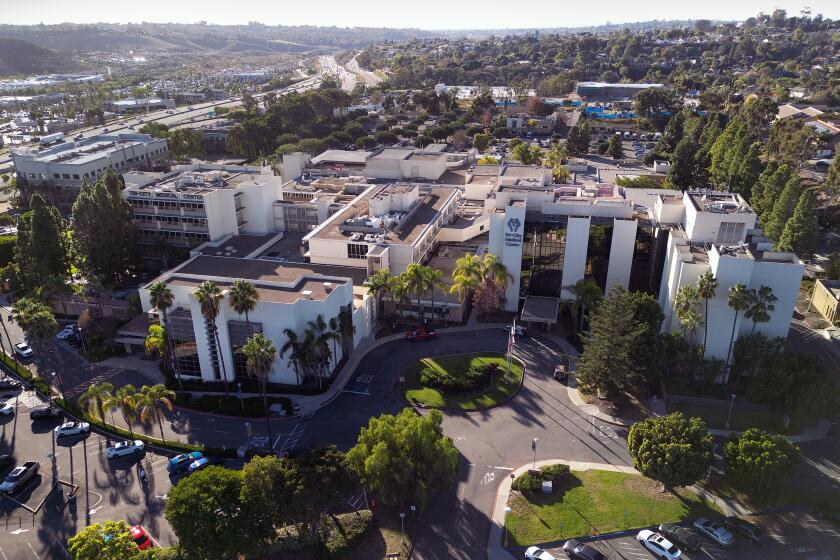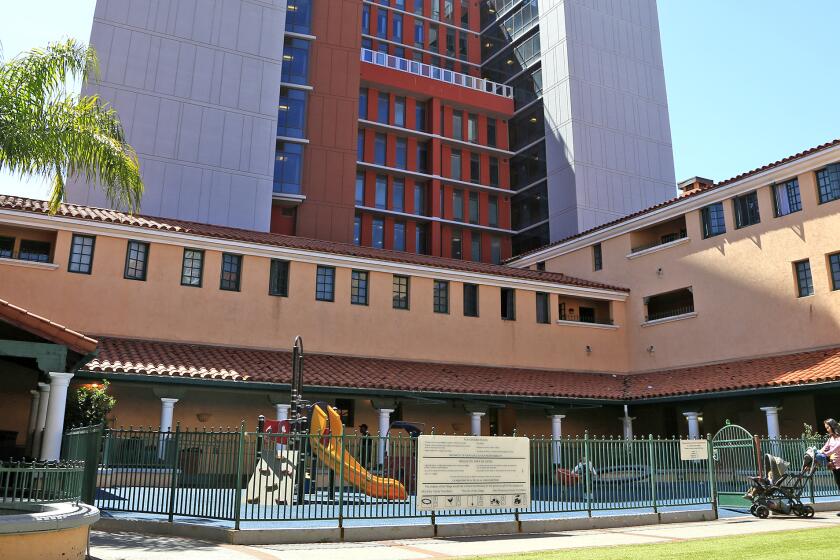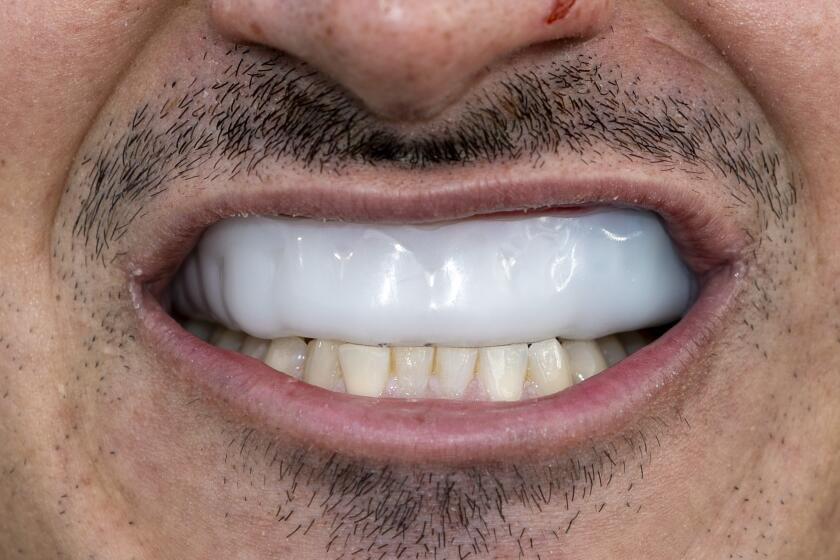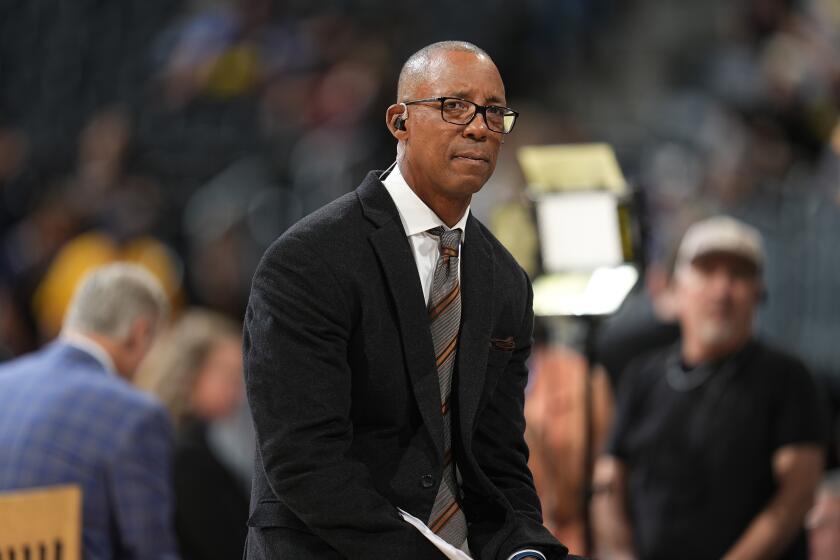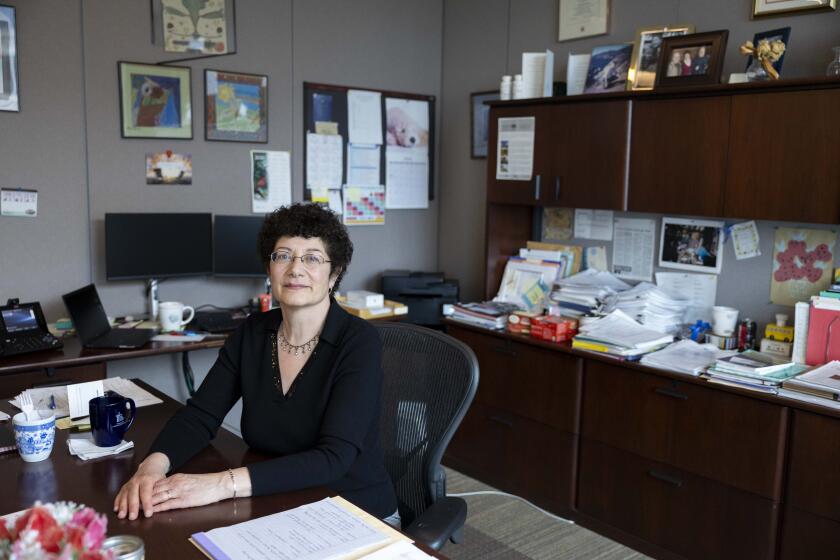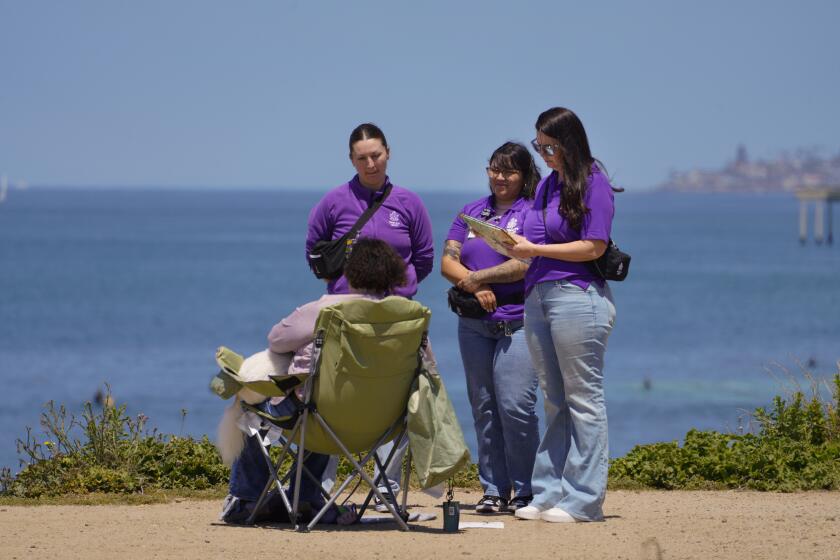Big demand arrives on first day of wide-open vaccine access in San Diego

Entertainment venues remain cautious about growing audiences too quickly
A surge of demand arrived in San Diego County Thursday on the first day that anyone age 16 or older could make a coronavirus vaccination appointment after four months of the supply being restricted by age, occupation or medical status.
New rules did not just affect vaccine eligibility. Indoor and outdoor entertainment venues gained additional operating capacities Thursday though most organizations, including the San Diego Padres, say they are not quite ready to test the limits of what’s now allowed in the orange tier of the state’s reopening system.
The frenzy started on Wednesday at UC San Diego, which announced that it had about 3,000 appointments available Thursday at RIMAC Arena and that those in the soon-to-be eligible group could schedule their shots. Ordinarily, it would have taken a couple days to fill those open slots. This time, it took five hours, according to Dr. Marlene Millen, one of the leaders of UCSD Health’s COVID-19 vaccine operations team.

“I’m getting messaged, ‘Hey, when can my 18-year-old get it? When can I get it?’” she said. “I know the community itself has been really excited.”
The excitement went both ways, Millen said, as vaccine providers can now make the shots widely available rather than worry about following a complex set of rules based on age, occupation and medical history.
Local pharmacies also saw increased interest. The 42 Albertsons, Vons and Pavilions locations in San Diego County have administered more than 58,000 doses, according to the region’s immunization registry. On Thursday, their phones just kept ringing with calls from vaccine seekers.
“In one of my stores, the last 10 calls in a row were all about the vaccines, basically one after another. Call. Hang up. Call. Hang up,” said Simon To, an Albertsons pharmacist. “Lot of questions regarding when, where and how you get a vaccine.”
Increased demand won’t be met by a spike in supply any time soon. The state currently receives around 2.1 million doses a week, and that will likely remain the same over the next three weeks, according to Dr. Erica Pan, the state’s top epidemiologist.
About 32 million Californians are now eligible for a coronavirus vaccine, according to an announcement from the governor’s office, nearly half of whom have already gotten at least one dose. That’s close to the situation in San Diego County, where 45 percent of residents 16 and up have been inoculated.
At the moment, though, the number of cultural and social options for the fully-vaccinated have remained narrower than state reopening policy allows.
When the county entered the second-least-restrictive tier of the state’s reopening system on April 7, outdoor live entertainment venues gained the ability to increase the number of seats in use from 20 percent to 33 percent of overall capacity and can reach 67 percent if they restrict attendance to those who can prove they are fully vaccinated or have recently tested negative for the virus.
The San Diego Padres, who start a six-game home stand Friday night against the Dodgers, are the de facto guinea pigs in the new orange tier reality.
To start, the club is not smashing right up to 67 percent but is instead increasing to 33 percent overall occupancy. The plan is to maintain socially-distanced groups of fans in the main part of the stadium with those willing to provide vaccination or testing proof able to sit in about 25 special sections that will have 67 percent of their seats full.
Noting that the full set of requirements for creating these special sections only came out this week, Erik Greupner, the club’s CEO, said during a news conference Thursday afternoon that it was simply too soon to go beyond one-third of the stadium’s nearly 43,000 seats.
The new state guidance technically allows such sections to reach an occupancy rate of 100 percent, and the executive said that the team is exploring denser arrangements for the future.
“The state rules just came out too late in the game for us to be able to make any modifications before this home stand,” Greupner said. “We will have more flexibility, potentially, going forward to sell more tickets in those vaccination sections.”
He stressed that the plans that the team has implemented are guided by a survey of season ticket holders.
“These are not easy processes that can be completed overnight,” Greupner said. “So we’ve had to give ourselves enough runway to be ready to host fans and do it safely under the most-recent guidelines before they were revised a couple of days ago.”
Indoor and outdoor entertainment venues that host live music and other types of entertainment have also been reluctant to immediately embrace newly-allowed operating capacities.
The issue, said Chris Goldsmith, president of Belly Up Entertainment, which operates the 600-seat Belly Up nightclub in Solana Beach, is that this guidance is still very new.
“We’re taking in all of the government guidance and trying to determine the best way forward while realizing it may still change again,” Goldsmith said. “We don’t want to go off on a path of action and excitement only to have to change gears again.”
Coming back to life, he said, simply takes time. Entertainment operations can’t necessarily turn on a dime.
“We can’t wait to get going again, but we don’t have our plan yet,” Goldsmith said. “It will be another week or two before we make any firm decisions.
“We’re looking at summer (to re-open) at the earliest, rather than sooner. It’s hard to make business plans based on various (audience) capacities when you don’t know how long you’ll be at that capacity.”
So far, the local pandemic is cooperating. Now more than a week past the Easter holiday weekend, local case rates have remained relatively steady with 281 new cases listed in Thursday’s tracking report. The number of concurrent COVID-related hospitalizations have remained under 200 for nearly two straight weeks.
The pandemic’s burden on California hospitals has eased dramatically over the past few months. In January, there were as many as 22,300 people with COVID-19 in hospitals throughout the state. Now, the figure is around 2,300, nearly a tenth of peak levels.
“We’re in the fourth quarter, unquestionably,” Newsom said. “(But) we can’t spike the ball. And we sure as hell can’t lay claim to ‘Mission Accomplished.’”
Get Essential San Diego, weekday mornings
Get top headlines from the Union-Tribune in your inbox weekday mornings, including top news, local, sports, business, entertainment and opinion.
You may occasionally receive promotional content from the San Diego Union-Tribune.




